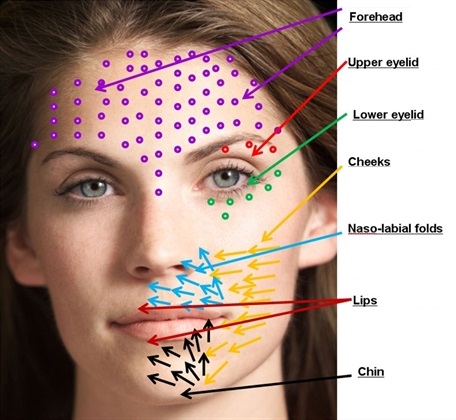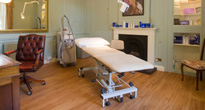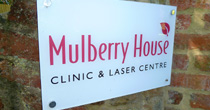Platelet Rich Plasma therapy (PRP) has become a popular name in the aesthetics world and feels like a relatively new treatment option, but its origins go as far back as the 70s and lie firmly in the realm of medicine.
The term PRP was created by haematologists to describe the plasma with a platelet count above that of peripheral blood. This was initially used as a transfusion product to treat patients with a blood platelet deficiency which causes bruising, bleeding into the tissues, and slow blood clotting after injury. Use of PRP was transformational in treatment.
Since then, PRP has been used to treat broad range of injuries and conditions including
- Torn tendons
- Tendonitis
- Muscle injuries
- Arthritis-related pain
- Joint injuries
- Tennis elbow
- Burns
The Power of Platelets:
For decades, scientists have understood the critical role platelets play in healing. These tiny cell fragments in our blood are the first responders to injury. They rush to the wound site, clumping together to form a clot, stopping bleeding, and initiating the healing process. Think of it as ‘blood’s in-built bandage’.
Platelets aren’t just passive players. They store essential proteins called growth factors, which act as chemical messengers. These factors are powerhouses which tell nearby cells to multiply, rebuild damaged tissue, and promote blood vessel formation.
From Healing Wounds to Skin Rejuvenation:
Medical professionals saw the potential to harness this natural healing power beyond wound healing. PRP therapy emerged, where a patient’s blood is drawn, processed to concentrate the platelets, and then injected into a specific area to stimulate tissue regeneration.
It was a natural evolution when dermatologists and skin doctors recognised the potential of PRP’s regenerative properties for the skin. Studies explored its use in stimulating collagen production, improving skin texture, and addressing concerns like wrinkles, acne scars, and sun damage.
While it sounds dramatic to use the patients own blood to treat their skin, the science behind PRP is solid. Ongoing research continues to explore its effectiveness and refine techniques for optimal results.
Patients like the fact that platelet rich plasma treatment involves no chemicals, toxins, fillers or additives. The only ingredient is their own blood, so it’s completely biocompatible.
PRP skin treatment
Platelet rich plasma is a highly versatile treatment which can achieve results in a number of areas, including:
- Reduce wrinkles, lines and creases
- Create natural volume to plump up sagging skin
- Improve skin tone and complexion
- Diminish acne scars
- Promote radiance
It can even be used on delicate areas like the eyes or lips, as well as body areas such as the neck or décolletage.
Many of these areas would be considered too delicate for other treatments, but by using refined platelet rich plasma, PRP is a safe and effective procedure even in the more challenging areas.
PRP Northampton
Platelet Rich Plasma is a well-established treatment option at Mulberry House Clinic in Hardingstone, Northamptonshire.
Other skin treatments to consider for natural-looking yet effective skin rejuvenation include:
- Ultherapy ultrasound treatment
- TIXEL thermal fractional rejuvenation treatment
- Injections for skin quality
Mulberry House Clinic
Established 2003
Mulberry House Clinic has an excellent reputation in the Northampton area as an independent, doctor-led practice with vast experience of the industry. Cosmetic skin treatments are carried out by Dr John Tanqueray, who works closely with leading manufacturers to remain at the forefront of the medical aesthetics.
A private consultation is the starting point for all patients in order to facilitate a full discussion about the desired results as well as detailed facial and skin assessment. Find out more about first consultation.
For further information or to arrange a confidential consultation, please complete our contact form, call 01604 702630 or email: info@mulberryhouseclinic.co.uk.







